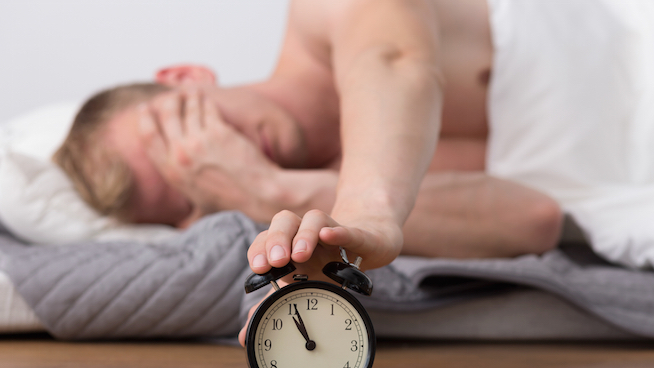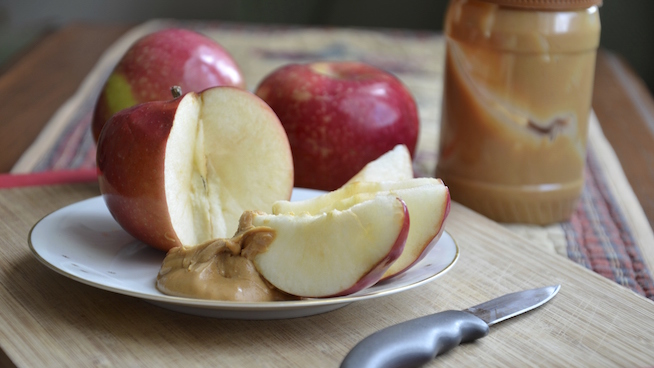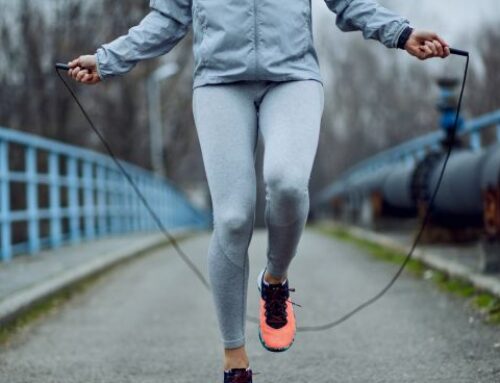For athletes at every level of sport, recovery strategies get overlooked. For longevity and injury prevention, it’s important to incorporate appropriate recovery strategies to obtain the greatest benefits from your training program. So what is recovery anyway?
Simply put, recovery is when you allow your body to regenerate and rest to progress to the next level or phase of training. Recovery can include post-workout nutrition, soft tissue work with a foam roller or a sport massage therapist, proper hydration and adequate sleep. The best workout recovery strategies allow your body to adapt to the training that you’ve gone through and make you ready to progress.
RELATED: Boost Your Recovery With a Contrast Shower
1. Post -Workout Nutrition
What you consume before, during and after your workout is very important. Follow these post-workout nutrition guidelines to optimize your nutrition.
- Before the workout, get some carbohydrates to fuel your engine. About 1-3 hours before the workout will do, depending on your body. Some examples of quick snacks include apples with peanut butter, a handful of trail mix, or greek yogurt with a banana.
- During the workout, Branch Chain Amino Acids (BCAAs) can be consumed to get the recovery process started. Get 5-15 grams of BCAAs for every hour spent training.
- After the workout is complete, have a supplement that contains a 2:1 ratio of carbohydrate to protein—e.g., food that contains 30 grams of carbohydrates and 15 grams of protein.
- Consume whole foods within an hour after working out.
2. Soft Tissue Work
Soft tissue work includes self-myofascial release through the use of foam rollers, lacrosse balls, band mobility work and stretches performed on major muscles involved in training and your sport. Follow these great tips to increase the quality of soft tissue, rebuild your muscles and restore tissue length.
RELATED: 7 Strategies for Faster Workout Recovery
- Foam roll before and after your workout to restore tissue quality.
- Lacrosse balls, tennis balls, and even golf balls can help to loosen the soles of the feet.
- Band mobility work is another powerful method to give your joints (e.g., ankles, knees and hips) more movement and facilitate more effective training.
- Getting a sports massage is another great way to facilitate recovery. Make sure your massage therapist has had at least 3-5 years of experience working with athletes and is certified in Sports Massage.
3. Hydration
Our bodies are made mostly of water. Water is essential for joint lubrication, waste disposal, body temperature regulation and nutrient delivery. Research has shown that sodium retains and absorbs more fluid when added to water.
- Fuel up with electrolytes containing sodium and potassium.
- According to the American College of Sports Medicine, you should drink 8-12 ounces of water 10-15 minutes before exercise.
- During exercise, the American College of Sports Medicine recommends 3-8 fluid ounces of a sports beverage every 15-20 minutes when exercising more than 60 minutes.
- After exercise, it is recommended to take in 20-24 fluid ounces of water for every pound lost.
4. Sleep

Getting an adequate amount of sleep provides energy to the brain and allows the body time to repair.
- Before you go to bed, turn off all electronic devices. According to the National Sleep Foundation, the light that our devices emit promotes wakefulness.
- Go to sleep at a reasonable time and aim for 6-8 hours. Not getting enough sleep leads to an increase in the stress hormone cortisol.
- Take a pregame nap for 20-30 minutes. It may improve alertness and performance without leaving you feeling drowsy.
RELATED: 5 Protein-Packed Recovery Shakes
[cf]skyword_tracking_tag[/cf]RECOMMENDED FOR YOU
MOST POPULAR
For athletes at every level of sport, recovery strategies get overlooked. For longevity and injury prevention, it’s important to incorporate appropriate recovery strategies to obtain the greatest benefits from your training program. So what is recovery anyway?
Simply put, recovery is when you allow your body to regenerate and rest to progress to the next level or phase of training. Recovery can include post-workout nutrition, soft tissue work with a foam roller or a sport massage therapist, proper hydration and adequate sleep. The best workout recovery strategies allow your body to adapt to the training that you’ve gone through and make you ready to progress.
RELATED: Boost Your Recovery With a Contrast Shower
1. Post -Workout Nutrition
What you consume before, during and after your workout is very important. Follow these post-workout nutrition guidelines to optimize your nutrition.
- Before the workout, get some carbohydrates to fuel your engine. About 1-3 hours before the workout will do, depending on your body. Some examples of quick snacks include apples with peanut butter, a handful of trail mix, or greek yogurt with a banana.
- During the workout, Branch Chain Amino Acids (BCAAs) can be consumed to get the recovery process started. Get 5-15 grams of BCAAs for every hour spent training.
- After the workout is complete, have a supplement that contains a 2:1 ratio of carbohydrate to protein—e.g., food that contains 30 grams of carbohydrates and 15 grams of protein.
- Consume whole foods within an hour after working out.
2. Soft Tissue Work
Soft tissue work includes self-myofascial release through the use of foam rollers, lacrosse balls, band mobility work and stretches performed on major muscles involved in training and your sport. Follow these great tips to increase the quality of soft tissue, rebuild your muscles and restore tissue length.
RELATED: 7 Strategies for Faster Workout Recovery
- Foam roll before and after your workout to restore tissue quality.
- Lacrosse balls, tennis balls, and even golf balls can help to loosen the soles of the feet.
- Band mobility work is another powerful method to give your joints (e.g., ankles, knees and hips) more movement and facilitate more effective training.
- Getting a sports massage is another great way to facilitate recovery. Make sure your massage therapist has had at least 3-5 years of experience working with athletes and is certified in Sports Massage.
3. Hydration
Our bodies are made mostly of water. Water is essential for joint lubrication, waste disposal, body temperature regulation and nutrient delivery. Research has shown that sodium retains and absorbs more fluid when added to water.
- Fuel up with electrolytes containing sodium and potassium.
- According to the American College of Sports Medicine, you should drink 8-12 ounces of water 10-15 minutes before exercise.
- During exercise, the American College of Sports Medicine recommends 3-8 fluid ounces of a sports beverage every 15-20 minutes when exercising more than 60 minutes.
- After exercise, it is recommended to take in 20-24 fluid ounces of water for every pound lost.
4. Sleep

Getting an adequate amount of sleep provides energy to the brain and allows the body time to repair.
- Before you go to bed, turn off all electronic devices. According to the National Sleep Foundation, the light that our devices emit promotes wakefulness.
- Go to sleep at a reasonable time and aim for 6-8 hours. Not getting enough sleep leads to an increase in the stress hormone cortisol.
- Take a pregame nap for 20-30 minutes. It may improve alertness and performance without leaving you feeling drowsy.
RELATED: 5 Protein-Packed Recovery Shakes
[cf]skyword_tracking_tag[/cf]












